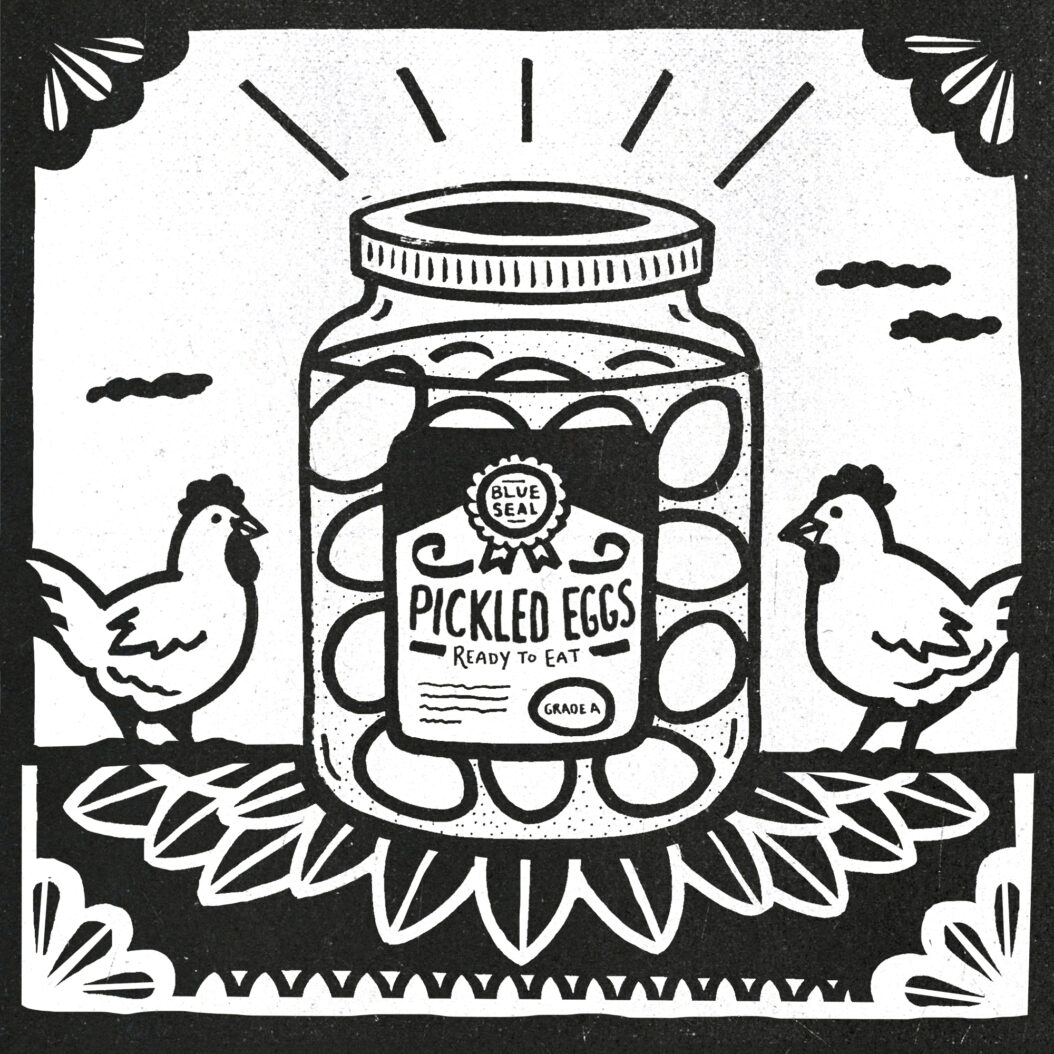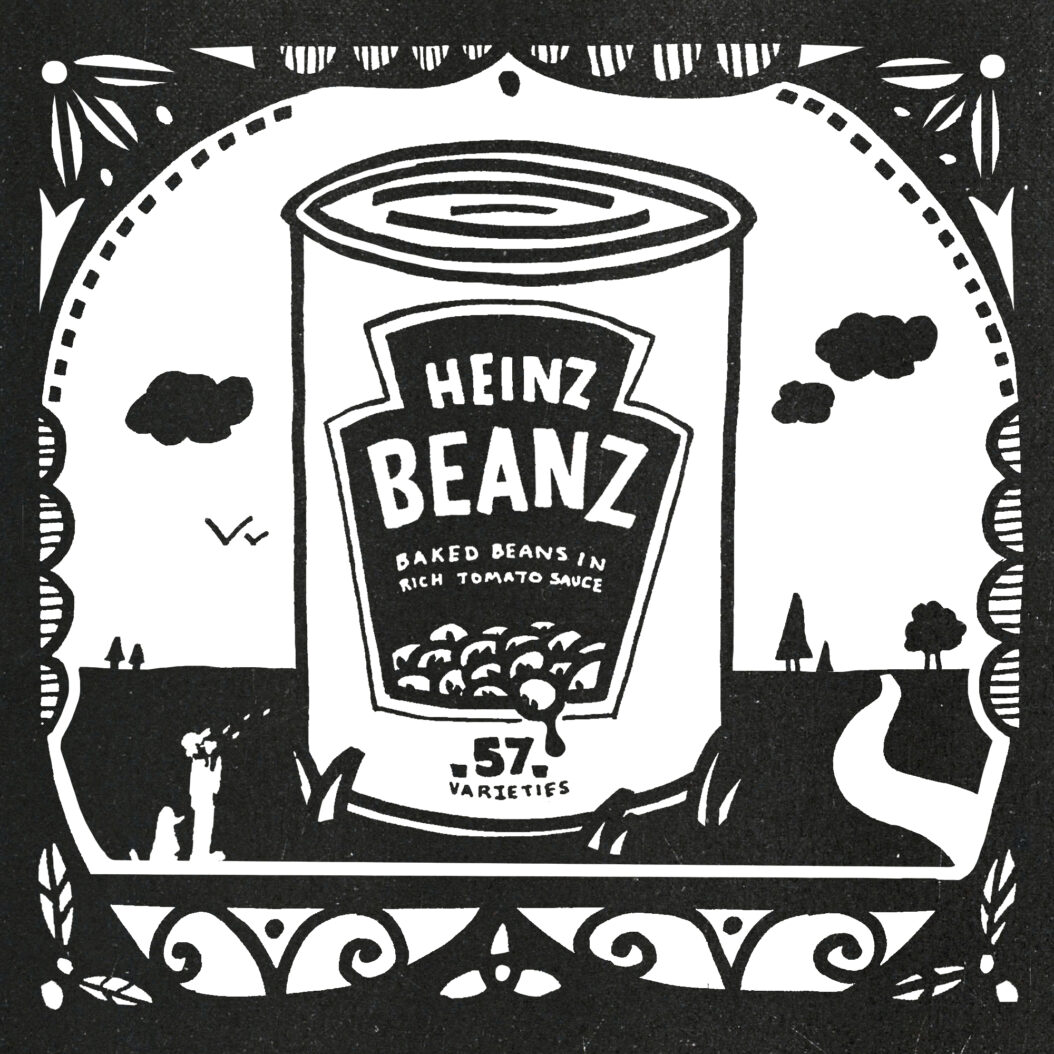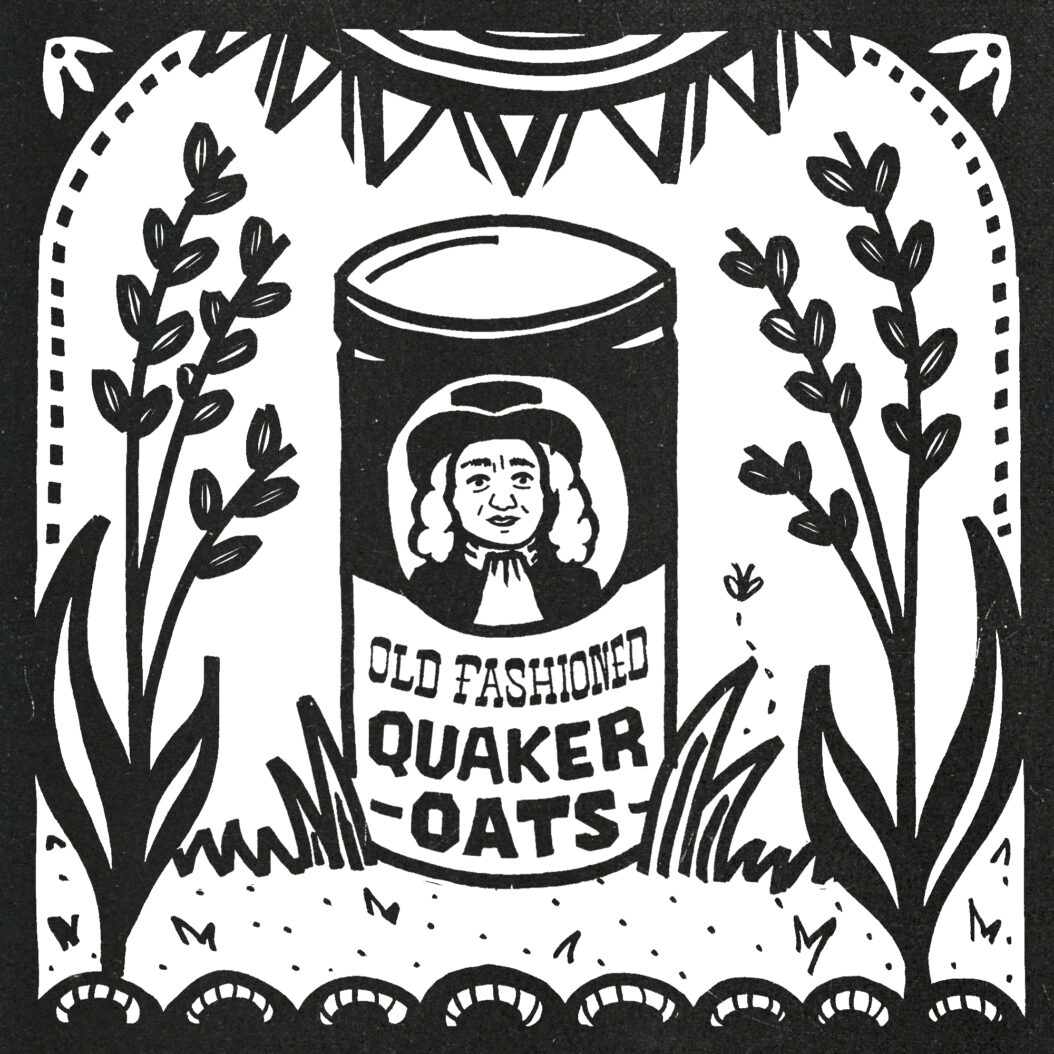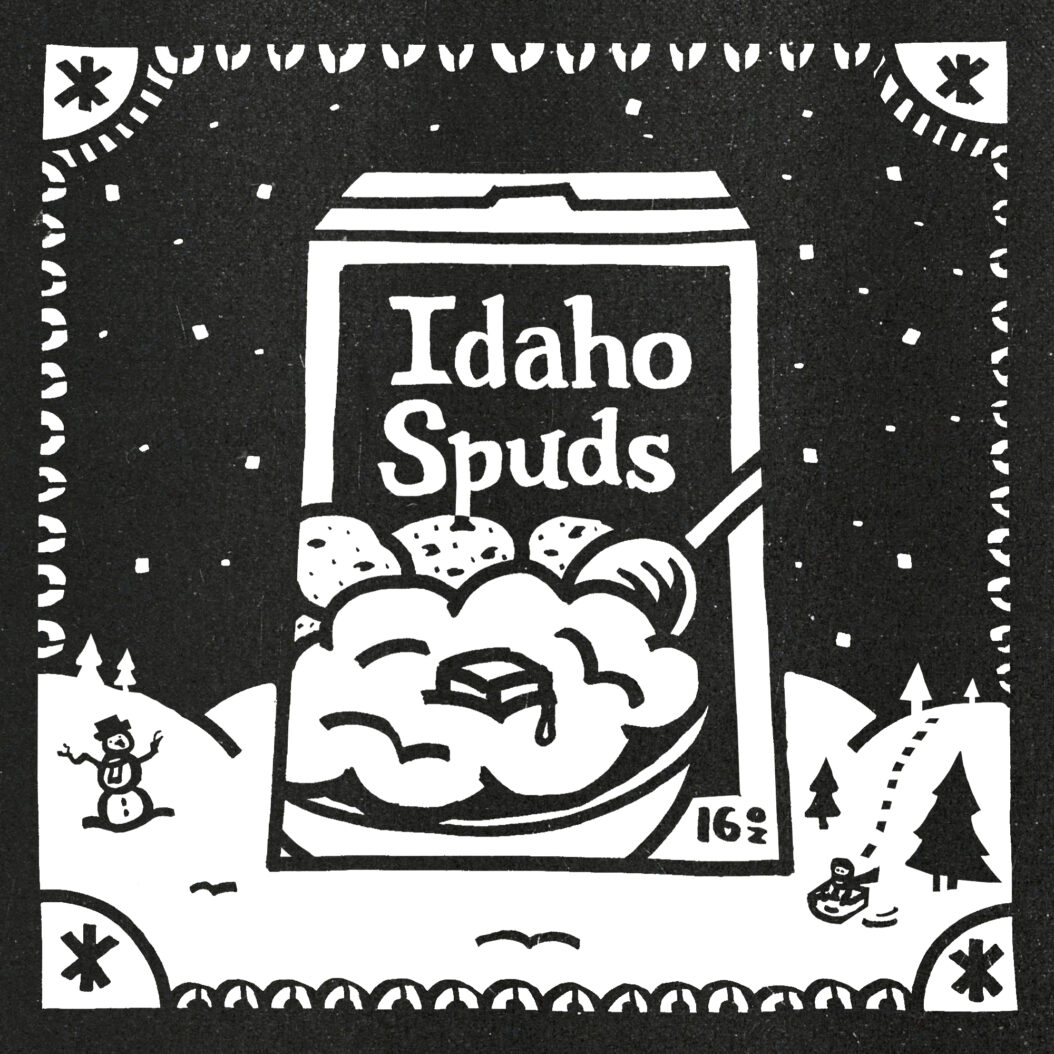
A “moist cabbage side dish” for a modern lifestyle…
It’s New Year’s Eve. And we need to talk about Sauerkraut. Because apparently it’s good luck to eat it today. Cabbage is green and that means money. (You will be rich!) The long strands mean your life will be long. (You will be old!) It is a perfect New Year’s Eve food. A note: Kimchi brings this luck, too! But that post is coming soon, so…
Sauerkraut is a German word, but rumor has it that China was making suan cai a LONG time before Europe was making sauerkraut. The idea was that if you took cabbage and layered it with salt and let it ferment, you could have nutrients when you had no fresh food on hand. (Bye, scurvy!) During WWII, American Sauerkraut makers renamed their product “Liberty Cabbage,” to avoid any associations with Germany. (Take a seat, “Freedom Fries.” Americans are old-school uncool.)
These days, sauerkraut is known as a popular “moist cabbage side dish” worldwide. You can find it atop pastrami sandwiches and hotdogs, inside pierogi, or dunked in soups. It’s even served with Thanksgiving turkey. What people used to eat out of necessity, they are now consuming on purpose. Brilliant.
The only real downside to sauerkraut is flatulence, and even that will not offset the good luck you’ve accumulated by eating it. So Happy New Year, friends. I wish the best for you.








